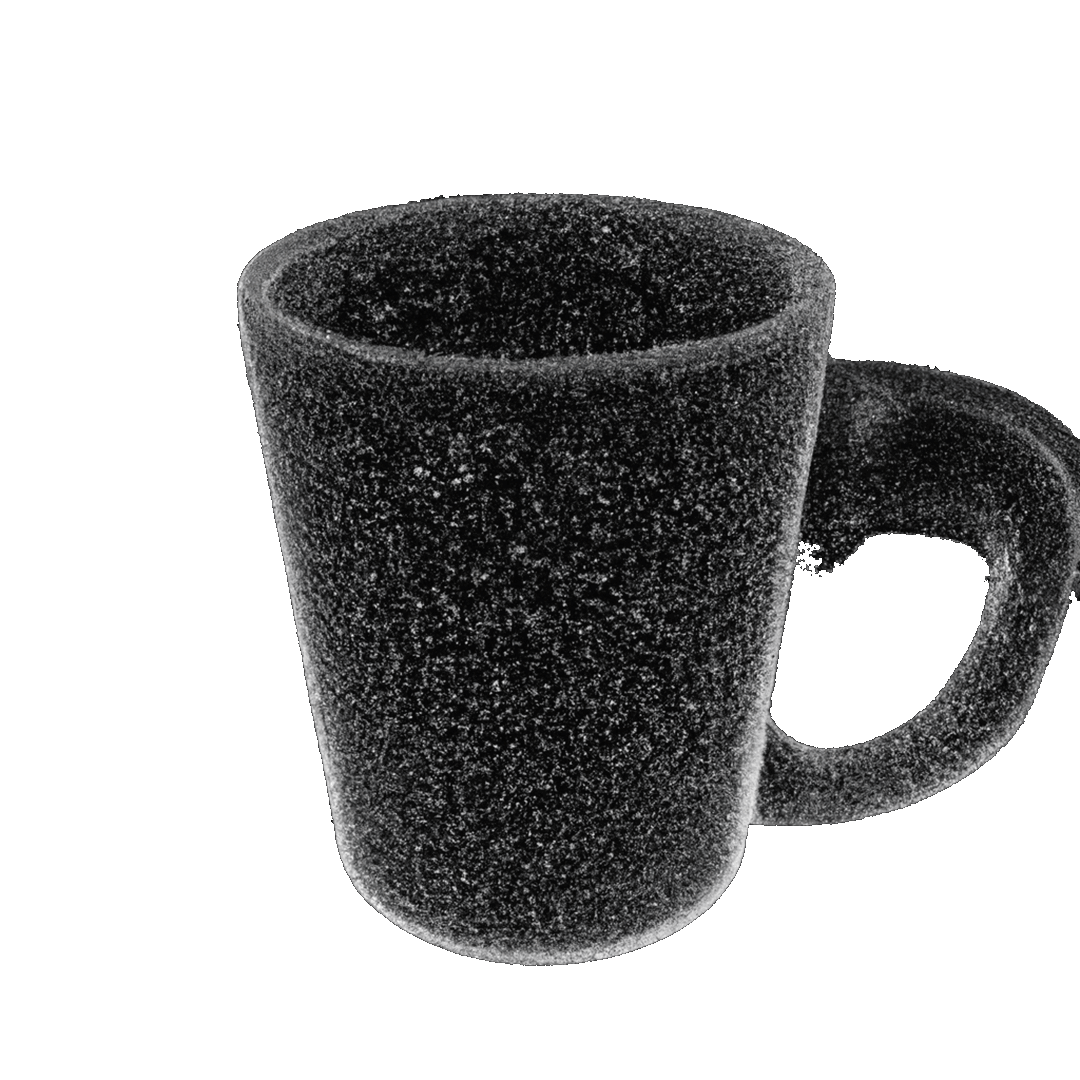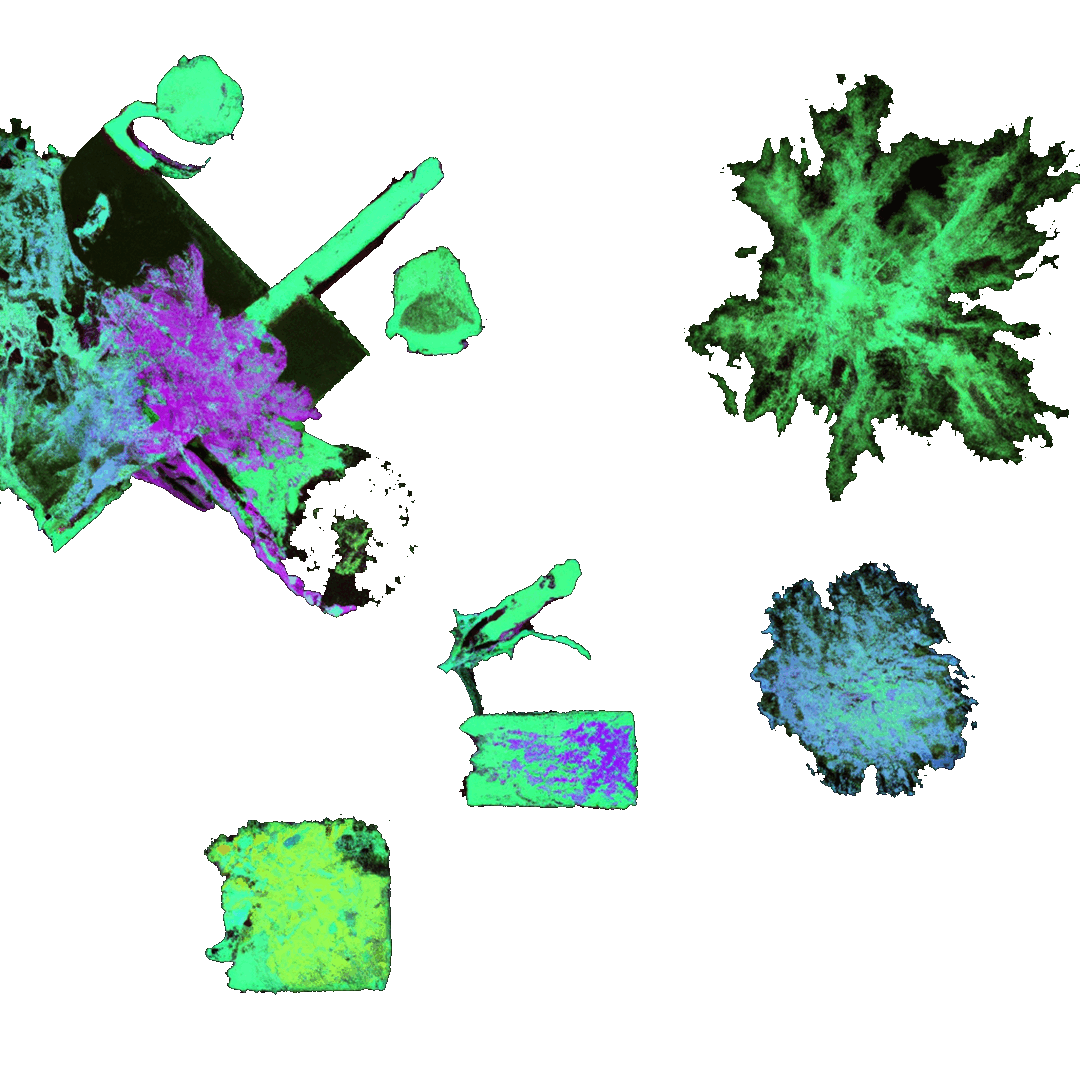An Obituary for the frame
speculation, 360 deg. film.
The advent of 360-degree filmmaking marks a significant turning
point in the history of cinema, as it radically shifts the
relationship between the viewer and the projected image, thus challenging the fundamental assumptions of cinematic storytelling and provoking new ways of thinking and production in the discipline and the discourse of cinema. One of the central concerns is the
traditional role of the cinematic frame, which now requires a re-examination. With this new format, the frame disappears, as the
projection is no longer confined to a single frontal rectangular
screen, but rather expands to encompass the entire space around the
spectator. No longer can the filmmaker control the viewer's perspective or guide their attention with the constraints of the
frame. Instead, the viewer is given agency to explore the space and
decide what to see, effectively becoming an active participant in the creation of meaning. But one might say it is much more
complicated than that. ‘An Obituary for the frame’ is a
contemplative exercise that seeks to assess this so-called demise of the frame, and engage with the new challenges of film making that
this format allows by culminating into a series of many short films
all made for a 360degree immersive viewing.
The spherical image when unwrapped and projected seamlessly on all
four surfaces, by pre-condition, re-frames the so-called frameless image. This is evident along the edge of the surfaces where the
image folds in and out.
Part of the series, ‘On kinematics’ pre-supposes the ‘edge’ as a
condition through which a single image is now subdivided into four separate images. Edge allows the newly re-formulated frame to gain
total autonomy by briefly distorting the content within the adjacent
surfaces. Movement within the content is central and each frame re-organizes itself by staging the same using vertical pans as a
physical motion. The sequences are distributed according to the
mechanical, bodily and haptic movements, each of them dislocating the ground position of the eye. The film investigates these topics
using the cinematic fundamentals of inter-cut, montage and panning
by granting a certain freedom to the lethargic stagnancy and the flatness of the image, allowing one to move within, through and
beyond that which is framed. Nevertheless, a frame is omnipresent as the kinematic movement occurs within and through the framing, and the relationship of the Subject and the Images is still very
frontal.
The spherical image when unwrapped and projected seamlessly on all four surfaces, by pre-condition, re-frames the so-called frameless image. This is evident along the edge of the surfaces where the image folds in and out. Part of the series, ‘On kinematics’ pre-supposes the ‘edge’ as a condition through which a single image is now subdivided into four separate images. Edge allows the newly re-formulated frame to gain total autonomy by briefly distorting the content within the adjacent surfaces. Movement within the content is central and each frame re-organizes itself by staging the same using vertical pans as a physical motion. The sequences are distributed according to the mechanical, bodily and haptic movements, each of them dislocating the ground position of the eye. The film investigates these topics using the cinematic fundamentals of inter-cut, montage and panning by granting a certain freedom to the lethargic stagnancy and the flatness of the image, allowing one to move within, through and beyond that which is framed. Nevertheless, a frame is omnipresent as the kinematic movement occurs within and through the framing, and the relationship of the Subject and the Images is still very frontal.
© sudhir ambasana/2023














